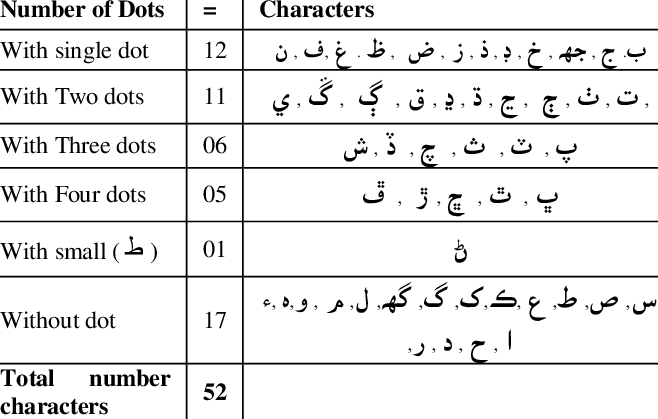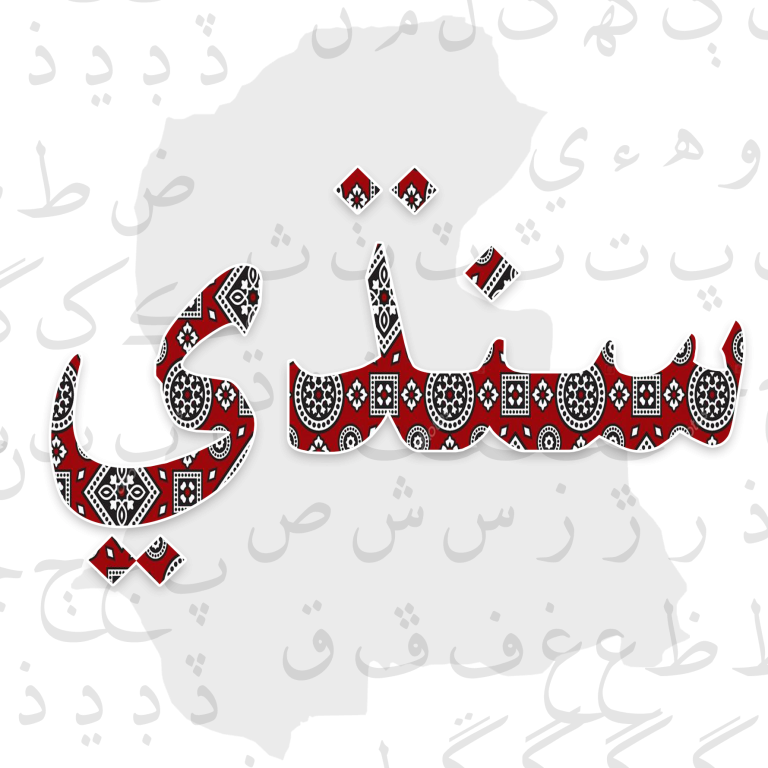
Before Perso-Arabic, numerous scripts such as Devanagari, Khudabadi, Laṇḍā, Gurmukhi etc. were used by different sections of the population.
Prior to British rule, Sindhi prose was mostly poetic prose. In Kalhora dynasty rule (1736-1782), some religious scholars started writing about religious matters in Sindhi using poetic form.
By Muhammad Habib Sanai
One hundred and sixty six years ago, on 13th July, 1853, on the recommendation of a Committee consisting of 8 scholars, the British colonial government of Sindh approved and adopted Perso-Arabic (Naskh) script for Sindhi language containing 52 letters. Before that, numerous scripts such as Devanagari, Khudabadi, Laṇḍā, Gurmukhi etc. were used by different sections of the population. This step invariably galvanized the development of modern prose in Sindhi.
Prior to British rule, Sindhi prose was mostly poetic prose. In Kalhora dynasty rule (1736-1782), some religious scholars started writing about religious matters in Sindhi using poetic form. Pioneer among them was Makhdoom Abdul Hasan Sindhi, who wrote a book entitled Maqdam-e-Salwat in 1700. For this, he used Arabic alphabet. Until up to the introduction of Naskh script by British, his script was used by numerous Muslim writers for writing poetry or poetic prose. That type of poetic prose is also called Sindhiyoon.
In Talpur dynasty rule (1782-1843), Akhund Azizullah (1746-1824) translated Quran into Sindhi, but his prose is called poetic prose and not pure prose.
However, as stated by Dr. Ghulam Ali Allana, prose writing in real sense commenced from the last days of Talpur rule (1782-1843) and early days of British rule (1843-1947).
After the adoption of Sindhi Arabic or Naskh script, during the period from 1853 to 1875, more than hundred books were produced in Sindhi language. Most of the books, as pointed out by L.H. Ajwani, were either school textbooks or adaptations and translations.
However, this activity gave impetus to Sindhi Literature generally and Sindhi prose particularly. Following are some of the prominent writers of that period, who developed Sindhi Literature and by that extension Sindhi national identity.
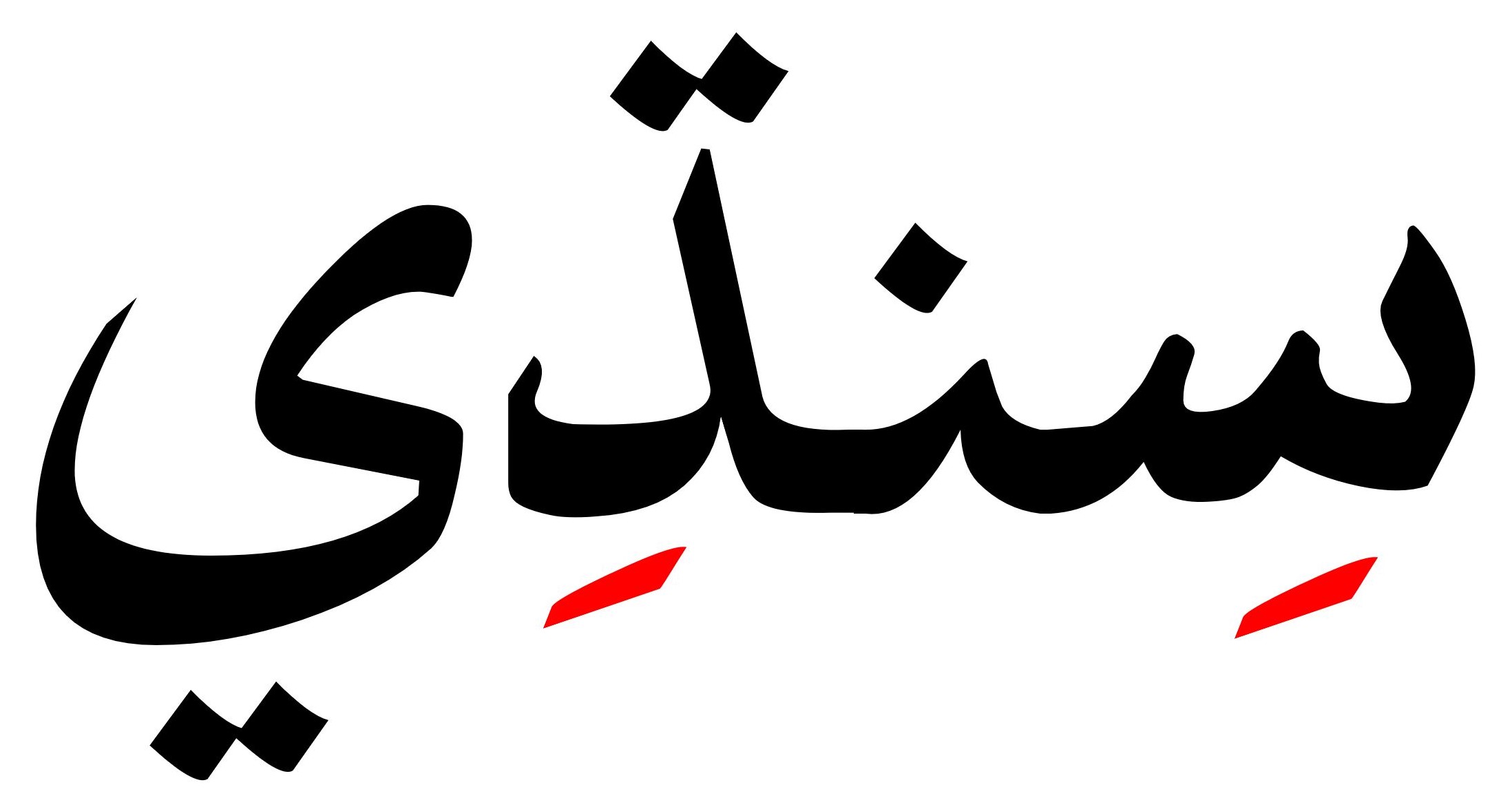 Dewan Nandiram Meerani Sehwani
Dewan Nandiram Meerani Sehwani
According to K. B. Muhammad Siddique Memon, he was born in early nineteenth century and got educated in Muslim madressas. After completing his education, he established his own Maktab at Sehwan, but his earnings were so meagre that he could not meet his both ends. He first book was entitled Babnamoo, published in the year 1853, which was primer for school going children. First 22 pages out of total 32 pages of that book contained instructions about alphabet and vowels, and last ten pages contained eight lessons, wherein 70 sentences were used.
At that time government invited scholars to translate Persian book Tareekh-e-Masoomi in Sindhi. Selected translator was not only to be awarded Rs.100 but also appointed as Translator in Education Department. Numerous persons submitted their translations, but the committee approved translation rendered by Mr. Nandiram. It was published as Tareekh-e-Sind in 1854. His third book ‘Seekhaaieto Nirwar’ (1856) was adaptation of Urdu book Sharhe Taleem. His fourth book ‘Sansari Nirwar’ (1861) was translation of Haqaqul Moojoodat and fifth ‘Lekhey jee peerh’ (Basics of Arithmetic) (1855) was translation of two Hindi books. He also jointly worked with other writers and produced half a dozen books including ‘Aesop jo Akhaniyon’ (Fables of Aesop) (1854).
Mr. Mangharam Udharam Malkani mentions name of his other book ‘ToteeNamoo’ (1860), which was a collection of tales and stories.
His impact on Sindhi writing is so huge that Dr. Ghulam Ali Allana calls earliest British literary period as Nandiram age.
Udharam Thanwerdas
He is also pioneer writer of School text books in Sindhi. In 1853 he wrote Sindhi text books for Class One and Two. Next year he wrote a book about Sindhi Grammar entitled Sindhi ‘Wiya karan’. In 1855, he produced ‘Duniya Jee Tareekh’ (History of World) from an Urdu book. His book ‘Rai Dyach jo Qiso’ (Tale of Rai Dyach) was published in 1861. Same year he also produced a book entitled ‘Mufeedul Taalbeen’, (Best for Students) which was a guide book for learning Sindhi through English. His other publication ‘Parsee Amoz’ is about Persian Grammar in Sindhi. He along with Dewan Nawalrai translated English novel ‘Rasseelas’ (1866).
Meeran Mohammad Shah First (1829-1892)
K.B. Memon and Dr. Abdul Jabbar Junejo list only his two books, which he had adapted from two Hindi books written by Pandit Bunsi Dur into Sindhi. One is called ‘Sadhaturo and Kadhaturo’ (1855) adapted from ‘Sabodhi and Kaboodi’ and another was ‘Akasi Nirwar’ (1856) from ‘Nizam Shamsee’. The first one was novel type tale and second one was used as textbook in schools.
Malkani mentions another book ‘Mufedul Sabiyan’ (1861), which he also adapted from a Hindi book and contained tales for children.
 Dewan Kauromal Chandanmal Khilnani (1844-1916)
Dewan Kauromal Chandanmal Khilnani (1844-1916)
According to Dr. Allana, he was a great reformer, a social worker, Brahmosamjist and an educationist. L.H. Ajwani terms him father of Sindhi Prose. Mr. Memon only lists his five books: Colombus jee Tareekh (1862), Pako Pah (1865), Usool Ilm-e- Tabi (1868), Seetal ja Taka (1868) and Sindhi book for Class V (1873) in the list of books published during the period from 1853 to 1875.
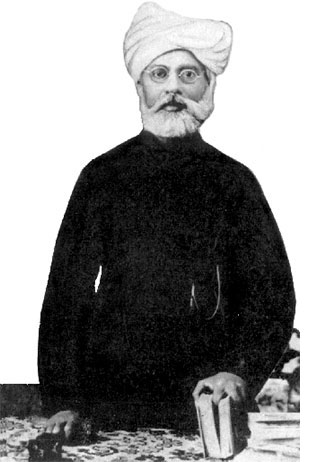
Dr. Junejo counts him an important scholar of that age. According to him, with his writings on various topics, he enriched Sindhi Literature. He mentions Arya Nari Chartar, Ratna Wali, Phool Mala, Pako Pah, Rohni and Sami ja Slook (1885) as his prominent publications. For last one, he says, it is his best achievement, because he unearthed and compiled poetry of Bhai Chainrai Bolchand Sami (1743-1850). Junejo opines that he also devised various geographical terms in Sindhi, such as Mustateel, Tikundo (Triangle), Mutabadal etc.
Mr. Malkani states that his book ‘Baraniyoon Akhaniyon’ (1891) was his first original work. His books Phool Mala (1902), Rabhwati (1905, Sureti and suneti (1906) are didactic type stories. In 1906 he wrote a book Tahk ee Tahk, which is first collections of jokes in Sindhi. He also translated various Bengali writings such as Bankum Chander Chatterjji’s Radha Rani (1914), Andera and Ba mandiyoon (1916), Sharmetee Goshal’s Novel Nidro Haar (Fatal Garland), Madam Blutasky’s story which was serialized in the Sindhi Sahat magazine.
Akhound Abdul Rahim Wafa Abbassi
He collected folk tales and wrote them mostly in prose and poetic prose. During the year 1870 he produced most of his books. In the year 1871 his book Jawarul Lugat appeared which is said to be his important book. It is just like a Sindhi to Persian dictionary.
Mirza Qaleech Beg (1853-1929)
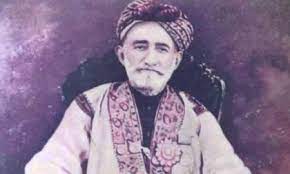 His contribution in developing and refining Sindhi prose is unparalleled. On almost every topic he prepared books. It is claimed that he has produced more than four hundred books. He not only wrote in Sindhi but also translated some books in English mostly from Persian such as Chachnamo, Alchemy of Happiness and History of Sindh. His impact on Sindhi literature during British era was so huge that Allana terms his period as Qaleech Beg period.
His contribution in developing and refining Sindhi prose is unparalleled. On almost every topic he prepared books. It is claimed that he has produced more than four hundred books. He not only wrote in Sindhi but also translated some books in English mostly from Persian such as Chachnamo, Alchemy of Happiness and History of Sindh. His impact on Sindhi literature during British era was so huge that Allana terms his period as Qaleech Beg period.
Rishi Dayaram Gidumal (1857-1927)
He is one of the earliest Sindhi language essayists. He along with Sadhu Nawalrai, Sadhu Hiranand established a literary society called Sudhar Subha. Under its aegis a monthly magazine Sarswati was published. Role of this magazine in enrichment of Sindhi prose is no doubt praise worthy. He regularly contributed in that magazine. Mirza Qaleech and others also contributed in this Magazine.
He prepared abridged translations and exposition of three Hindu religious books, which are Jip Sahib (18191), Shiree Baghwat Geeta (1893) and Shiri Yoga Darshan (1903).
Malkani discusses about his another three Sindhi books or booklets. The first one is entitled Mau and Dhee, (Mother and Daughter) written in late nineteenth century, bur its third edition appeared in 1906. Its story is divided into 20 moral lessons given by a mother to her daughter. Another booklet Sat Saheleyoon (Seven Friends) was written earlier but was published in 1925. This book has format of questions and answers. An educated but unwed girl tells her six married friends about how to live life in light of social and religious obligations. His third book is Lobh jo Mahatam, (Sorrows of Greed) whose third edition appeared in 1923.
According to Malkani, during his last years, from 1923 to 1927, he composed his mystic feelings in poetic prose, which were published in five volumes, two in his life time and three posthumously.
According to Allana, his written introductions to the books namely Rubaiyat Umer Khyam and Sami ja Sulook, are masterpieces of Sindhi prose.
His English publication ‘Something about Sind’ is more renowned.
Junejo and Memon have left him out in their literary history books. According to Allana, he was known as Addison of Sindh for his essays and moral apologies. He was a successful translator, Editor, lexicographer, and essayist.
He became Editor of fortnightly Sindhi-English paper Jote (lux) in 1900 and remained its editor till his death. He wrote essays on almost every topic and his language was very simple and lucid. This magazine has also played an important role in enrichment of Sindhi literature and also in spreading social awareness.
His books are Ghul Phull (1935), which is collection of his essays, Sindhi to English Dictionary (1910), Dil Bahar in Four Volumes,(1912-14), which is collection of anecdotes and tales, Heere je Mundi and Dharm Morti (1934), Christ jee Pervee (Imitation of Christ) (1923) and English to Sindhi Dictionary.
Dr. Hotchand Molchand Gurbuxani (1884-1947)
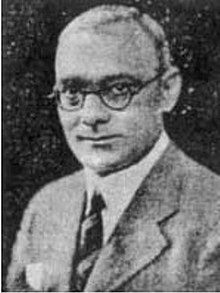 He is more renowned for his editing and exposition of Shah jo Risalo, whose three volumes were published in 1923, 1924 and 1931 respectively and last one could not printed. His introduction to that Risalo is counted as a masterpiece Sindhi prose. It was also printed separately as Muqadam-e-Latifi. Prior, he has written a Novel Noor Jehan.(1915) Another important book written by him is Lanwari Ja Lal.(1934)
He is more renowned for his editing and exposition of Shah jo Risalo, whose three volumes were published in 1923, 1924 and 1931 respectively and last one could not printed. His introduction to that Risalo is counted as a masterpiece Sindhi prose. It was also printed separately as Muqadam-e-Latifi. Prior, he has written a Novel Noor Jehan.(1915) Another important book written by him is Lanwari Ja Lal.(1934)
He was founder member of Sindh Historical Society, which was established in 1934.
Bherumal Maharchand (1876-1953)
He was also versatile writer. Poetry, Fiction, History and Linguistics were his main fields. He is more renowned for his research work. According to Heero Takkar, who has written his biography, his publications are around 45. His main books are as under:
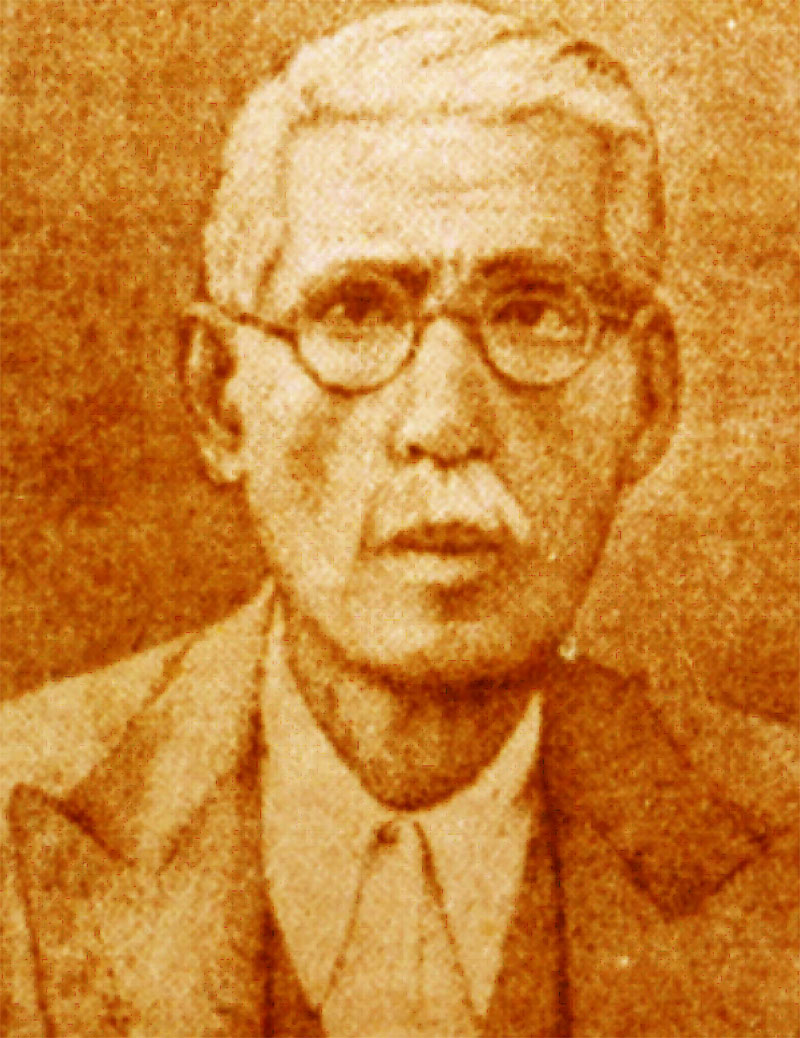 Novels: Waryal an Naemat (1915), Tulsam (Translation, 1927), Golan ja Goonder (tr. 19238. Short stories: Aanand Sareeka (1910), Mohni Baee (1917), Prem jo Muhem (1914). Drama: Hirs jo Shikar (tr), Bazazian jo natak (1921), Murhs je Murhsee (1925). Travelogue: Sindh jo Sailani (1923). History: Mohen jo Daro (English, 1924), Hindun joon reetoon rasmoon, reetan rasmn jo bunyad, Aamilan jo Ahwal (1919), Sindh je Hindun jee Tareekh (1946-1947), Qadeem Sindh (1957). Linguistics: Ghareebul Lughat (1907), Sindhi Boli (1925), Sindhi Boli jee Tareekh (1941), Gulqand (1925), Wado Sindhi Wiyakaran (1925).
Novels: Waryal an Naemat (1915), Tulsam (Translation, 1927), Golan ja Goonder (tr. 19238. Short stories: Aanand Sareeka (1910), Mohni Baee (1917), Prem jo Muhem (1914). Drama: Hirs jo Shikar (tr), Bazazian jo natak (1921), Murhs je Murhsee (1925). Travelogue: Sindh jo Sailani (1923). History: Mohen jo Daro (English, 1924), Hindun joon reetoon rasmoon, reetan rasmn jo bunyad, Aamilan jo Ahwal (1919), Sindh je Hindun jee Tareekh (1946-1947), Qadeem Sindh (1957). Linguistics: Ghareebul Lughat (1907), Sindhi Boli (1925), Sindhi Boli jee Tareekh (1941), Gulqand (1925), Wado Sindhi Wiyakaran (1925).
When Jethmal Parsram made scathing criticism of Dr. Gurbuxani, he supported Dr. Gurbuxani.
Lalchand Amardinomal Jugtiani (d. 1954)
According to Junejo his publications are more than thirty, which include Soan Warniyoon Dilyoon 1925, a translated novel, Sach taan Sadke, Suda Gulab, Shahano Shah, Sachal Soonharo, Phulan Muth, Kashni jo Kusht (novella in 1917), Choth jo Chand (novel in 1905-6), Umar Marvi (Drama) etc.
He along with Jethmal Pursram established Sindhi Sahat Society in 1914, under which they published monthly magazine, which according Malkani was milestone in development of Sindhi Short story.
Jethmal Pursram Gulrajani (d. 1948)
He was activist, social reformer, writer, and journalist. He was founder member of Sindh Theosophical Society and also first Socialist. He also started daily newspaper Hindwasi in 1917, which carried articles against colonial powers. When protests erupted against Rollet Act and protesters were fired, he wrote an article, wherein he used a bait of Shah Bhittai. On this behalf, he was arrested and sentenced for few years. Some say that the judge was H.T. Sorely who was inspired from that bait and himself studied Shah Latif and wrote his magnum opus Shah Latif of Bhitt.
His publications are more than 30. His prominent books are: Mona Wana (translation of Belgium Drama), Baal Hatia (translation of Tolstoy) Faust (translation of novel of Goethe), Chamraposh joon Akhaniyoon.
He established Naeen Sindhi Library and Sasto-Umdo Sahat Malha, through which he published more than hundred Sindhi original or translated / adapted books or booklets. He wrote in English a book ‘Sindh and its Sufis’.
Dr. Umer Bin Muhammad Daudpota (1896-1958)
He helped Dr. Gurbuxani in compilation etc. of Shah jo Risalo. He edited Persian History books Chachnama and Tareekh-e- Masoomi and got them published. Besides, he also edited few Sindhi books such as Minhajul Aashkeen, Shah Abdul Kareem Bulri ware jo Kalam, Kalam Grohri.
He wrote numerous essays and scholarly introductions of some books, he edited. He also wrote his brief autobiography.
Hakeem Fateh Mohammad Sehwani (1883)
He wrote very good Sindhi prose, besides writing poetry. His biographies of Prophet Mohammad PBUH are still cherished by Muslim readers. He translated and abridged Muqadima of Ibn Khaldun as Kamal and Zawal (1923). His other books are Ahwal Qalandar, Meeran jee Sahibi, Abdul Fazul and Faizee.
Other writers
During British period, some other writers such as Ghulam Hussain Qureshi, Qazi Ghulam Ali, Dewan Bolchand Koudumal, Wadhumal Ganagram, Shamsuddin Bulbul (1857-1919), Dewan Sobhraj Haswani, Akhund Lutfullah (1842-1902), Imam Bukhsh Khadim (1861-1918) etc. had contributed in the development of Sindhi Literature.
References:
- Allana, Dr. Ghulam Ali: Sindhi Language and Literature at a glance. Sindhi Language Authority, 2009. P 205
- Junejo, Dr. Abdul Jabbar Sindhi Adab jee Mukhtsar Tareekh, 2000. Sindhi Sahat Ghar. Hyderabad pp 17-169. KB M Siddique Memon: Sindh jee adabi Tareekh. Mehran Academy. Shikarpur. Pp 214-17.
- Ajwani, L.H.: History of Sindhi Literature. 1960. Sahiteya Akademi, New Delhi. P 177. This book is available on https://archive.org/stream/in.ernet.dli.2015.458518/2015.458518.History-Of-Sindhi-Literature_djvu.txt
- Memon, Khanbahadar Muhammad Siddique: Sindh jee Adabi Tareekh. (Both Volumes combined) Mehran Academy, Shikarpur. Fifth Edition, December, 2014. Pp 217-19.
- Malkani, Mangharam Udharam: Sindhi Nasar jee Tareekh. 1977. Zeb Adabi Markaz, Hyderabad p 28.
- Allana, Dr. Ghulam Ali: Sindhi Language and Literature at a glance. Sindhi Language Authority, 2009. P 214.
- Ajwani, L.H: History of Sindhi Literature. Sahitiya Academy, New Delhi. 1960. P 180.
- Memon, Khanbahadar Muhammad Siddique: Sindh jee Adabi Tareekh. (Both Volumes combined) Mehran Academy, Shikarpur. Fifth Edition, December, 2014. Pp 214-16
- Malkani, Mangharam Udharam: Sindhi Nasar jee Tareekh. 1977. Zeb Adabi Markaz, Hyderabad p32.
- Allana, Dr. Ghulam Ali: Sindhi Language and Literature at a glance. Sindhi Language Authority, 2009. P 215
- Takkar Heerp, Bheroomal Maherchand (Jeevan Katha). 2007.Phoenix Books, Hyderabad.
________________________
The writer is based in Hala town of Sindh
